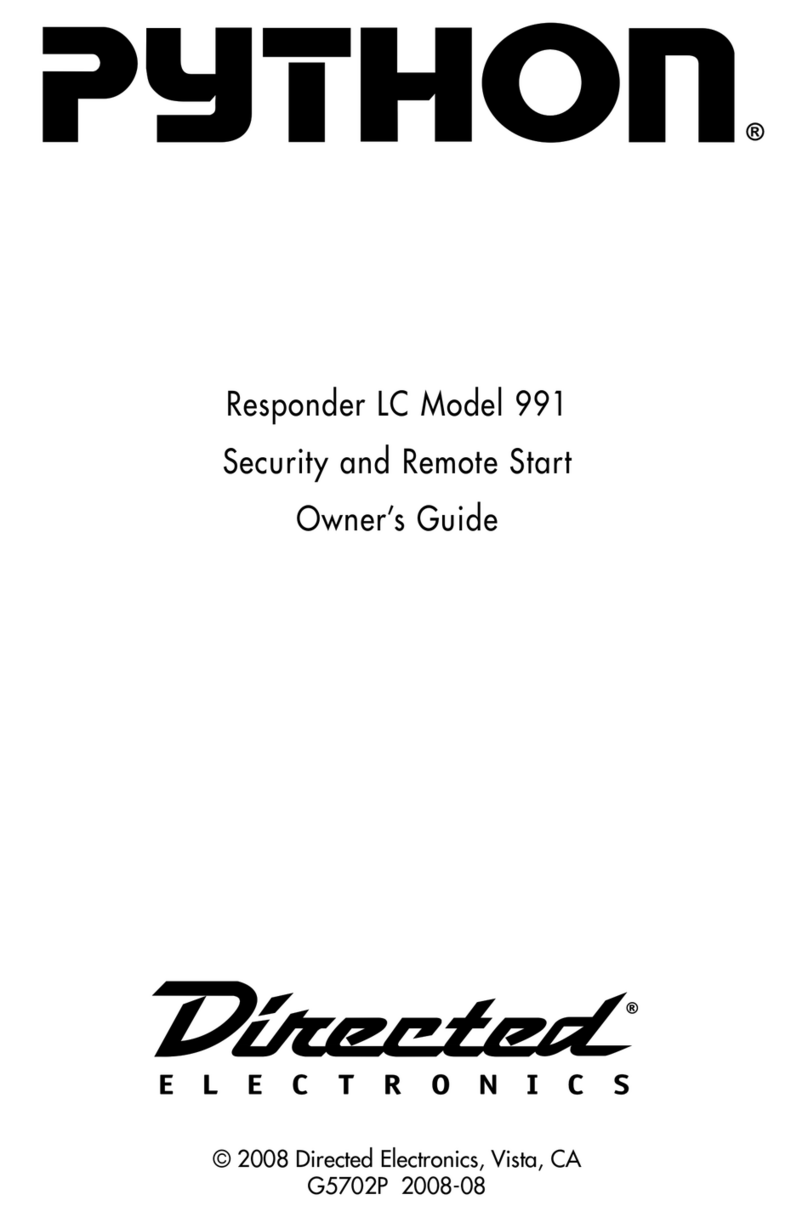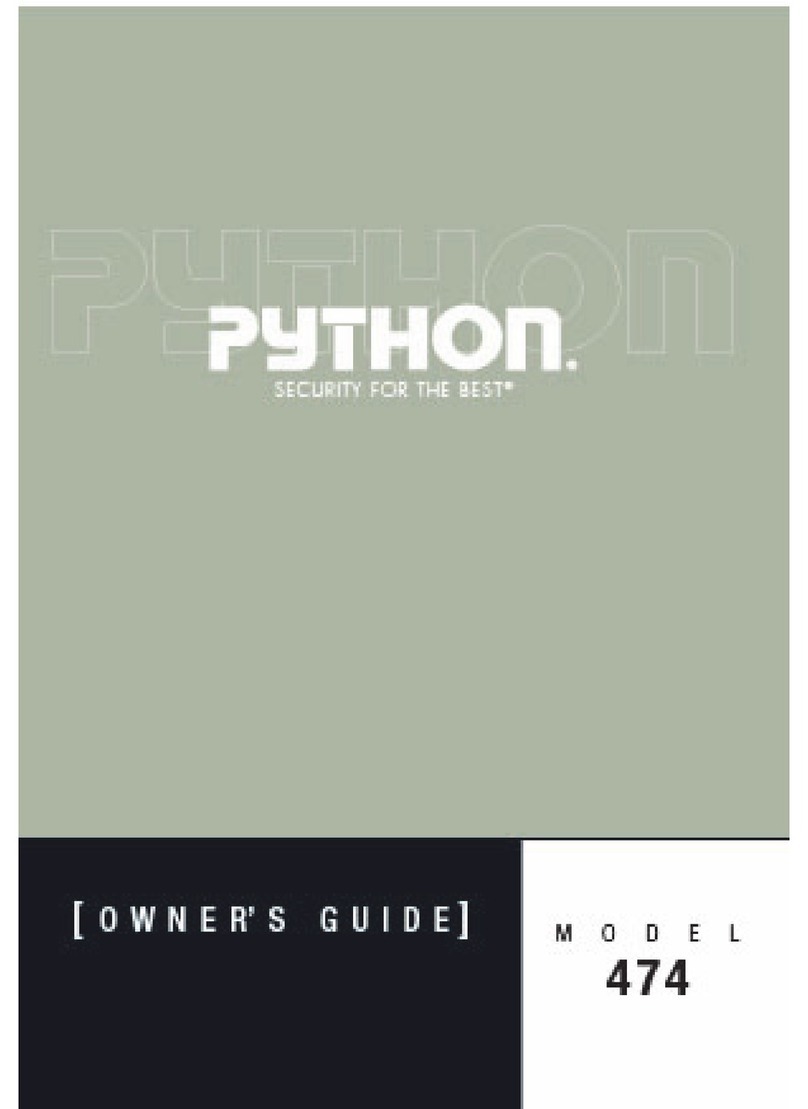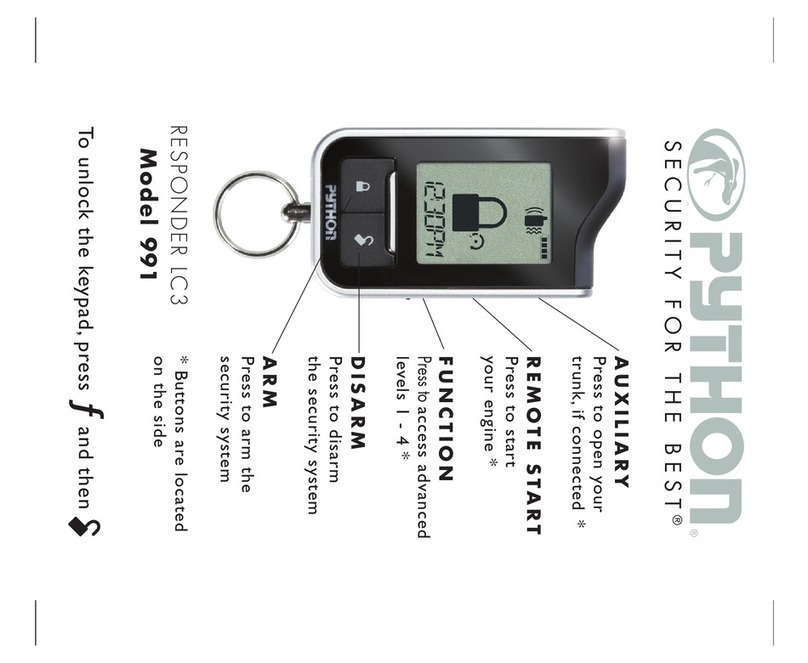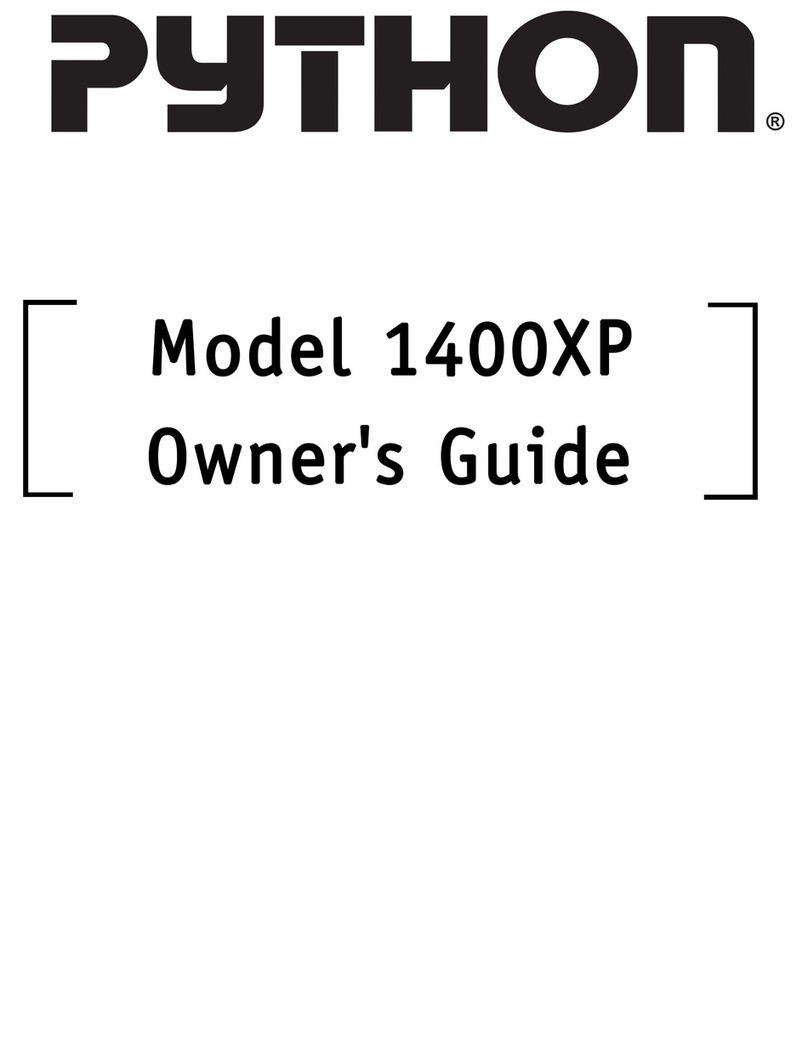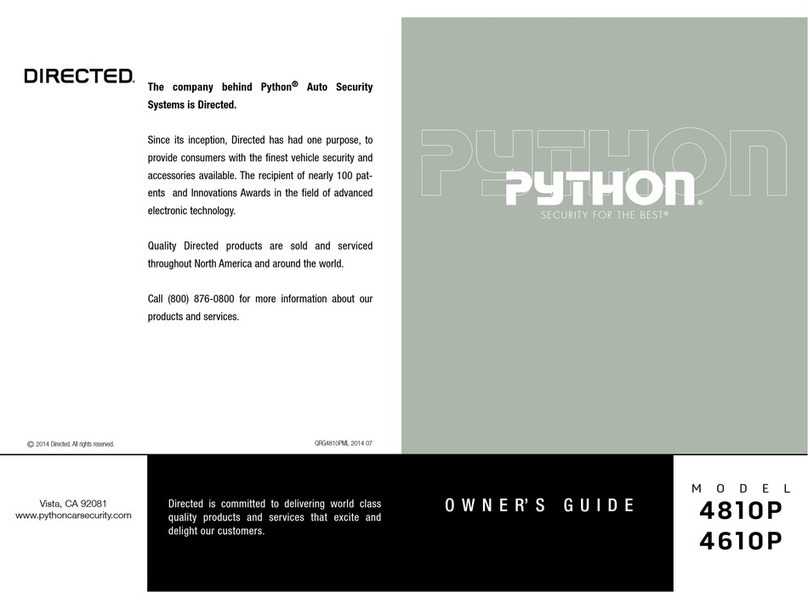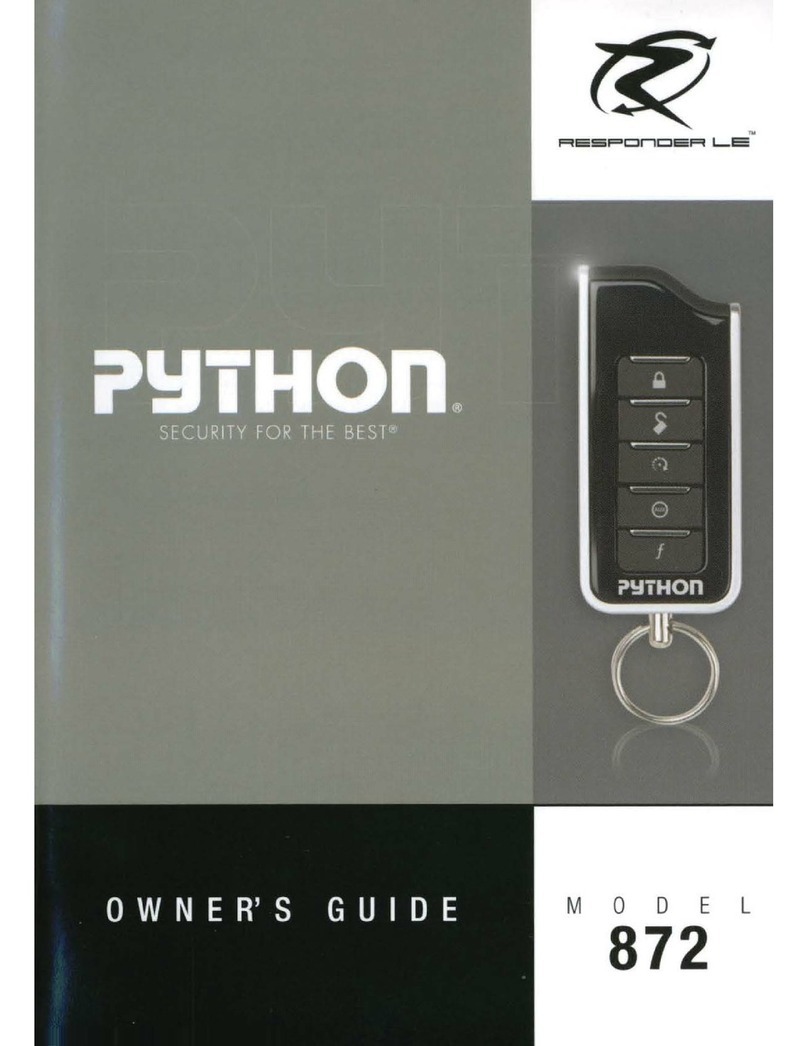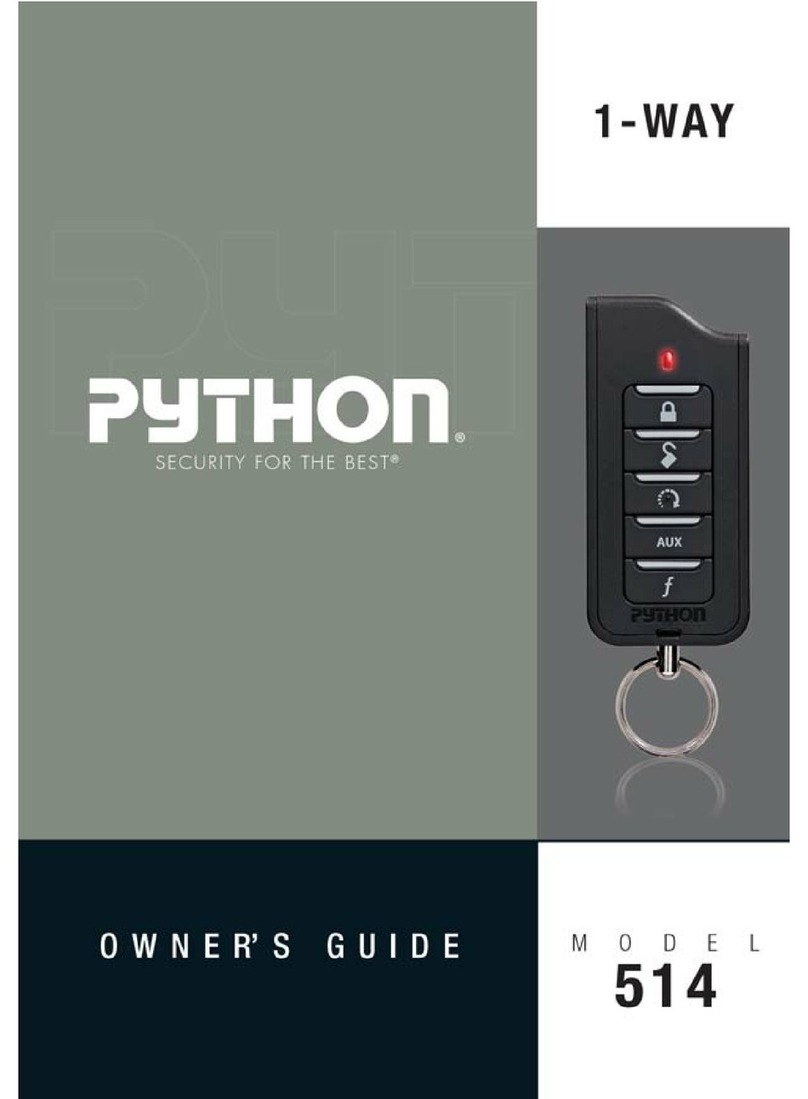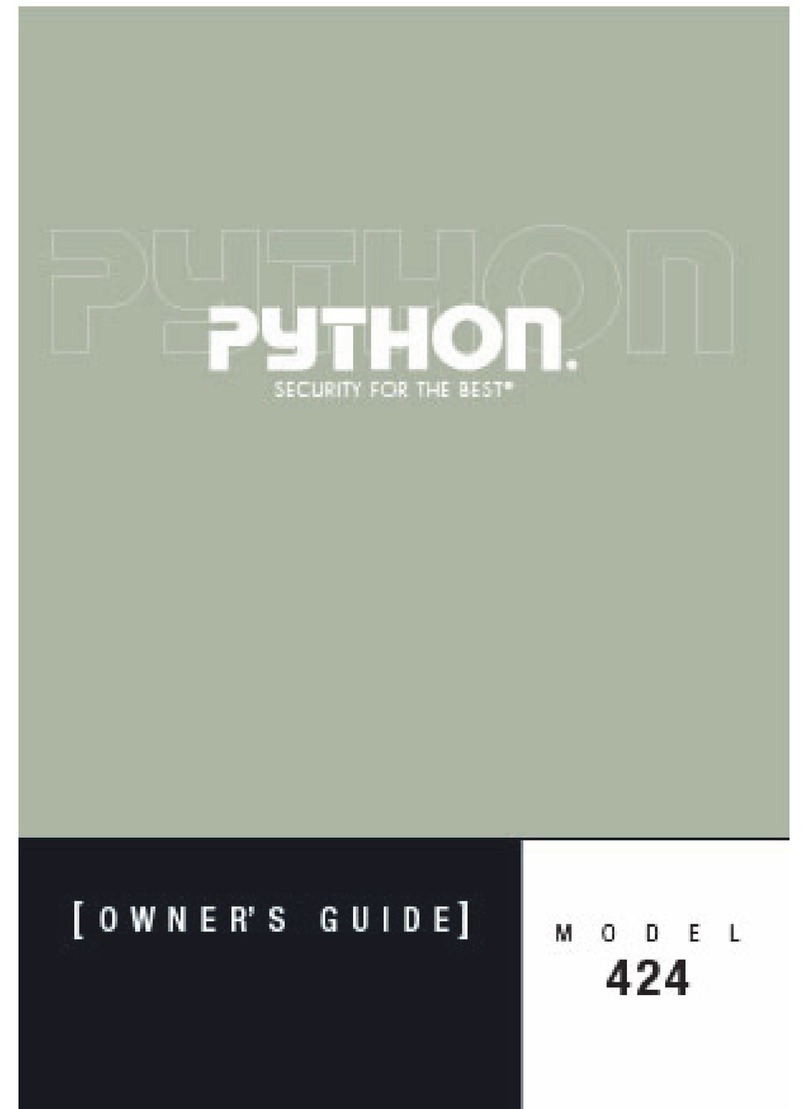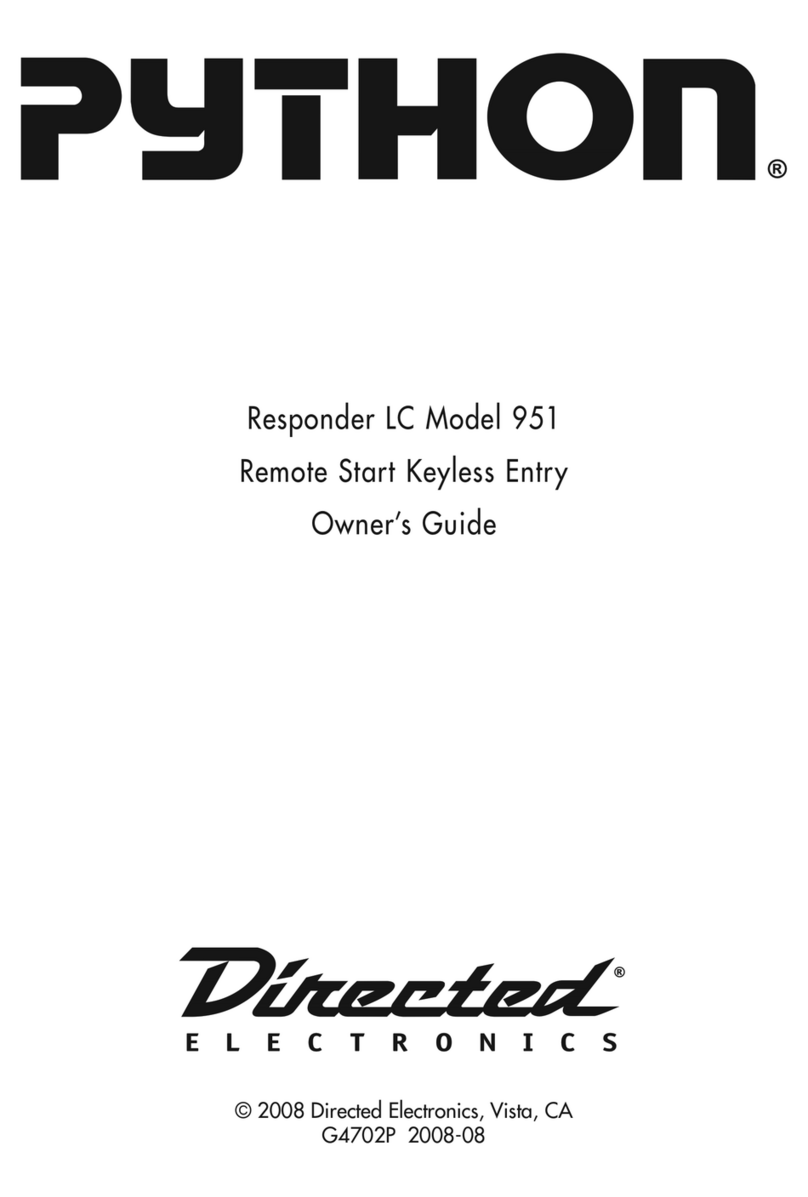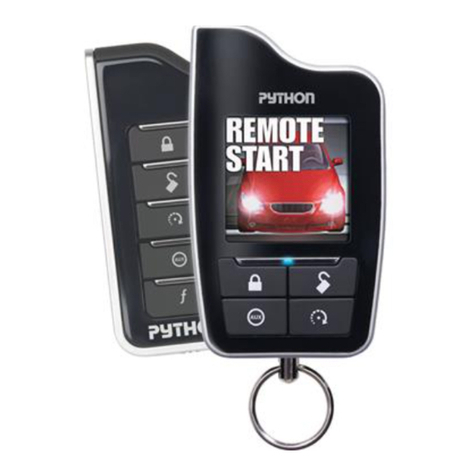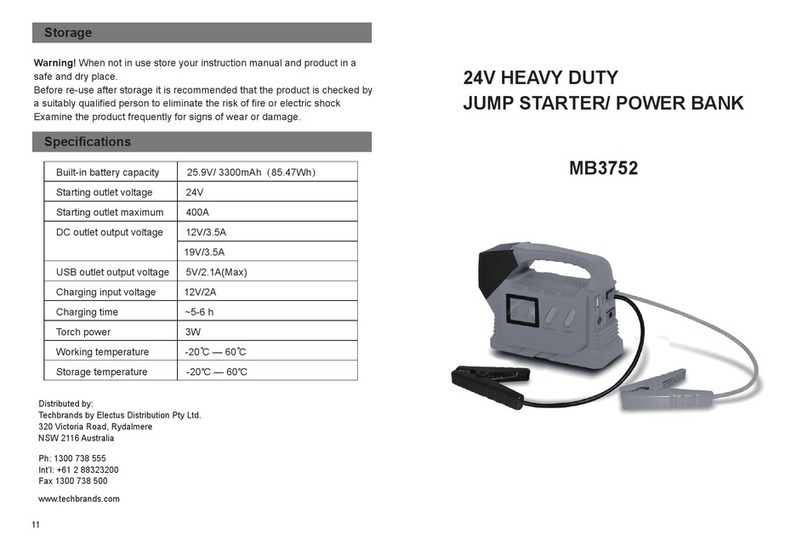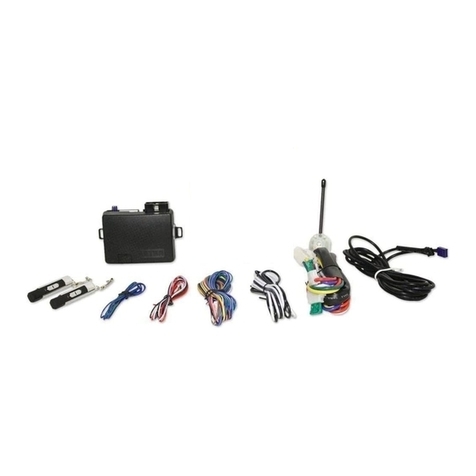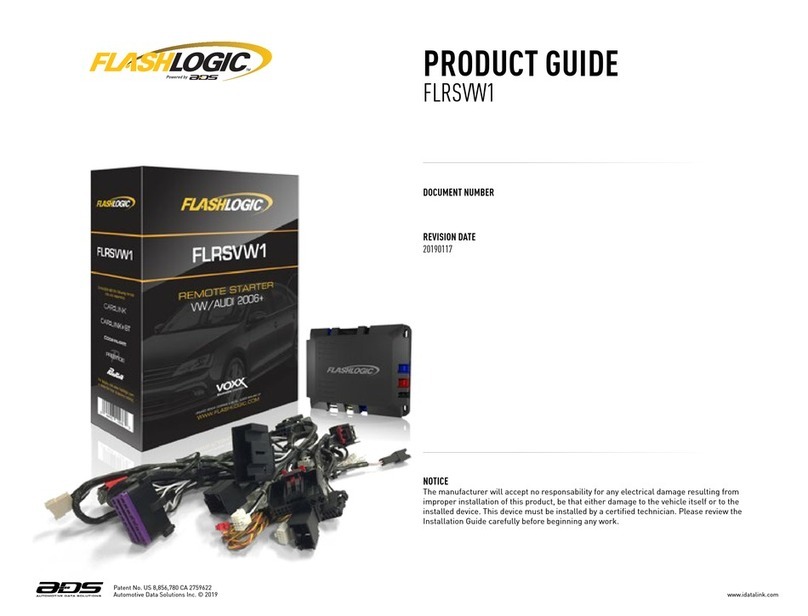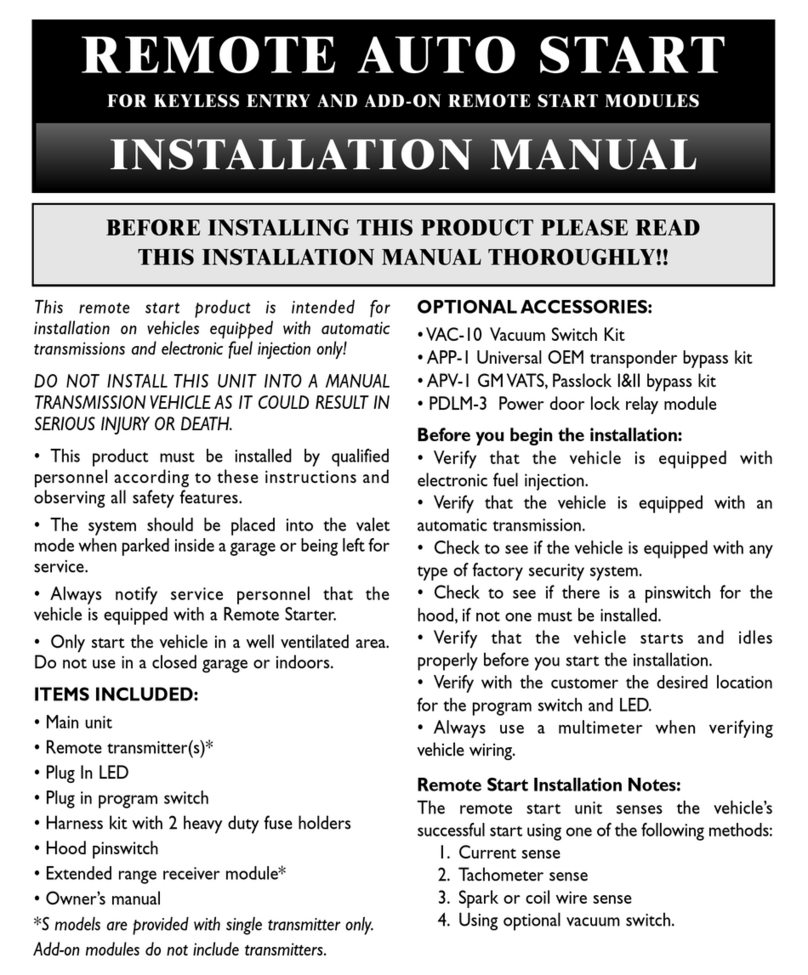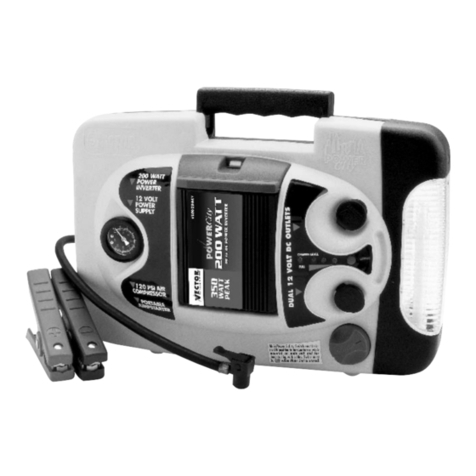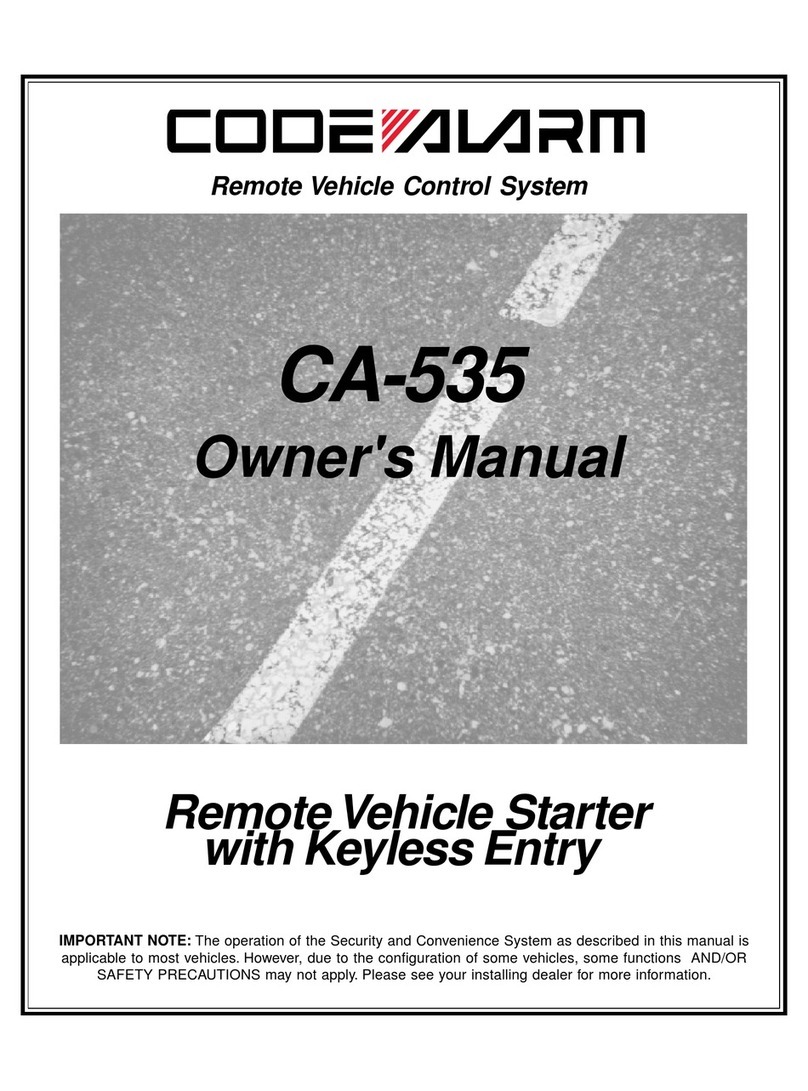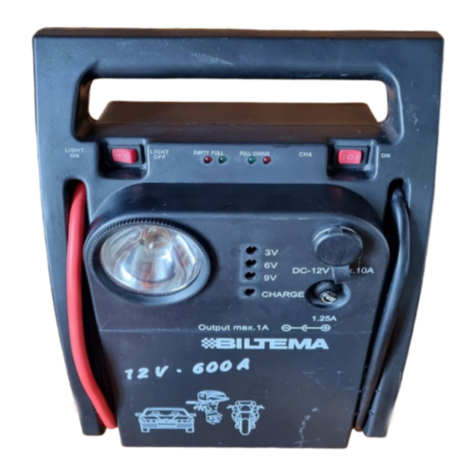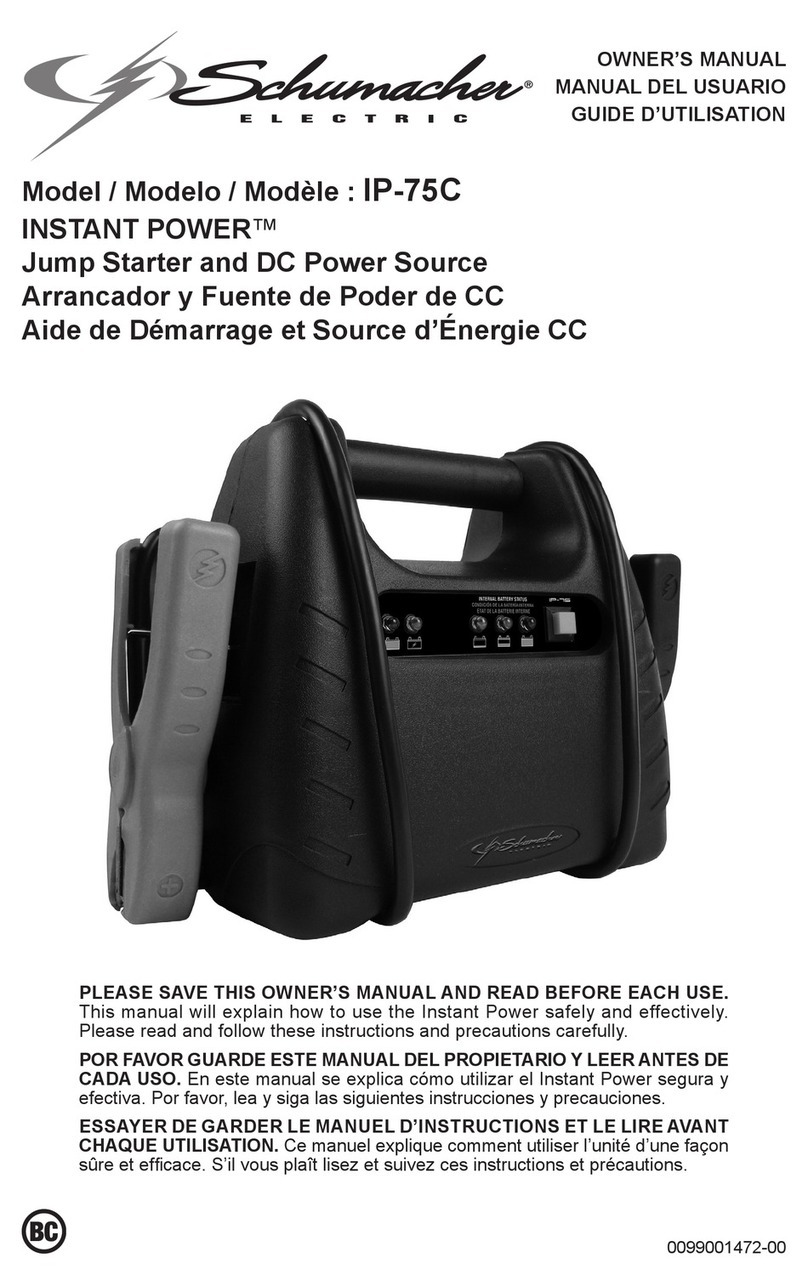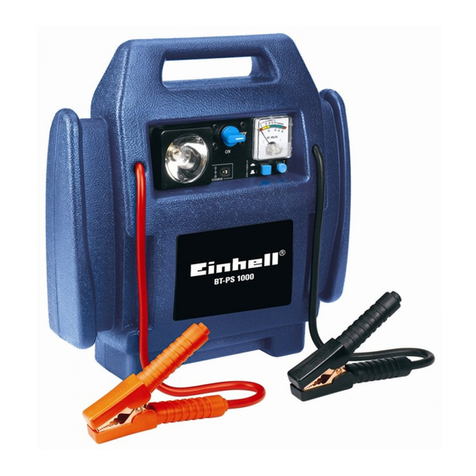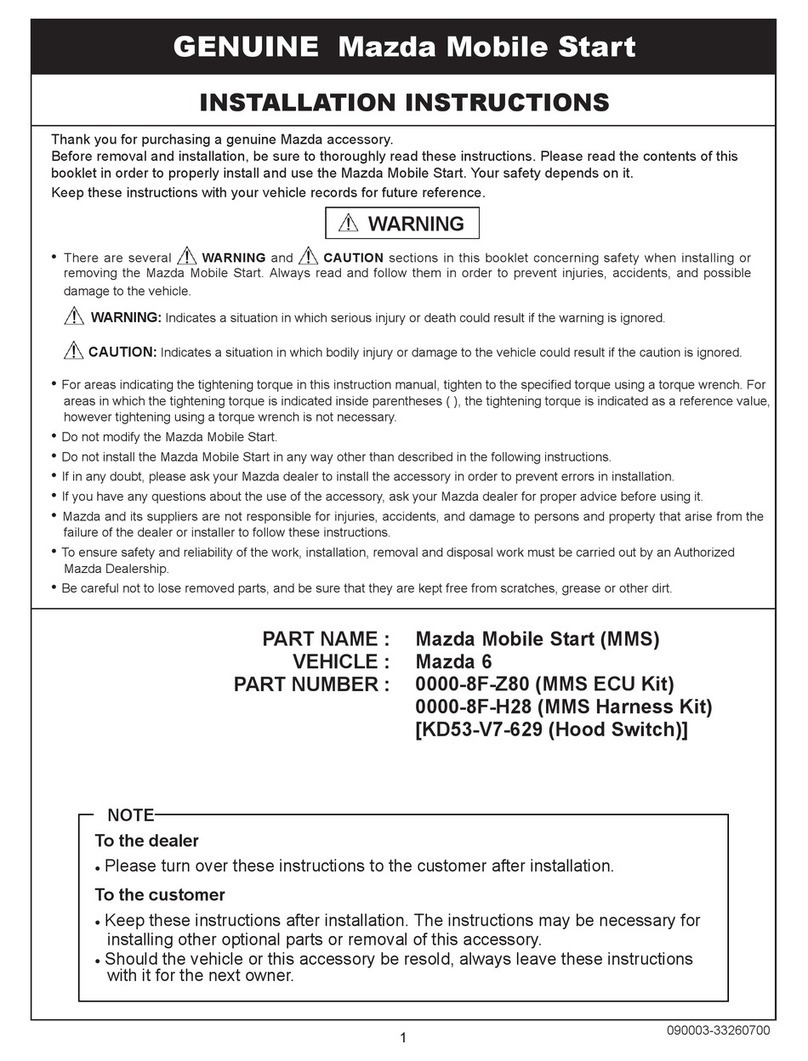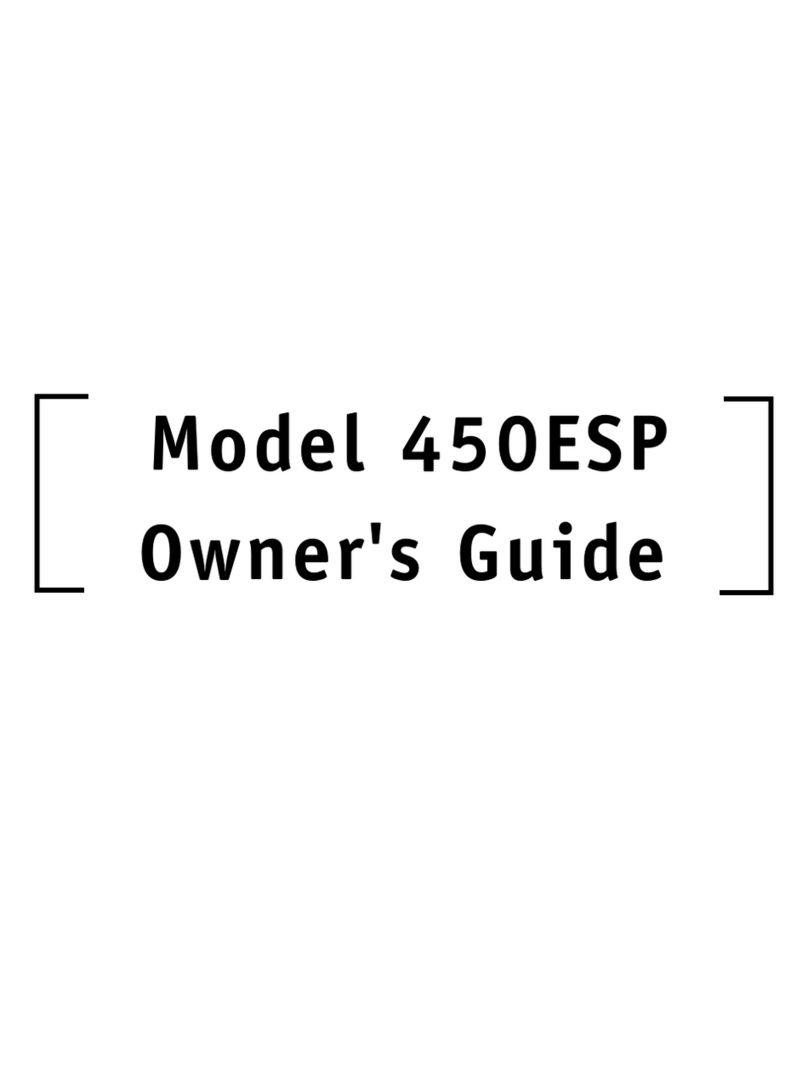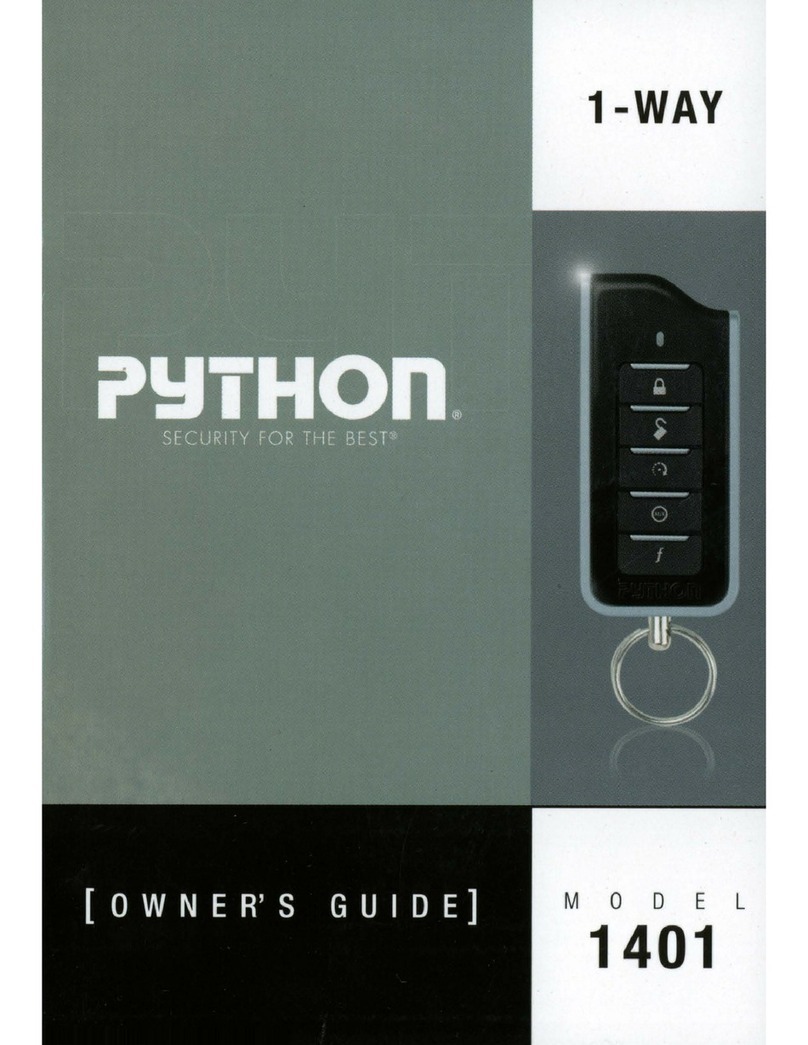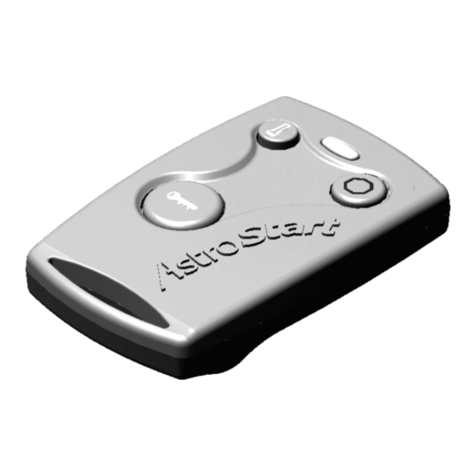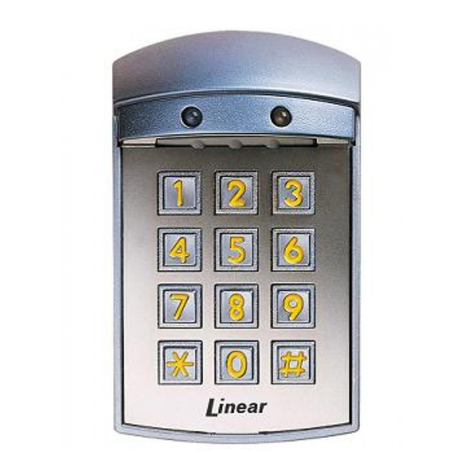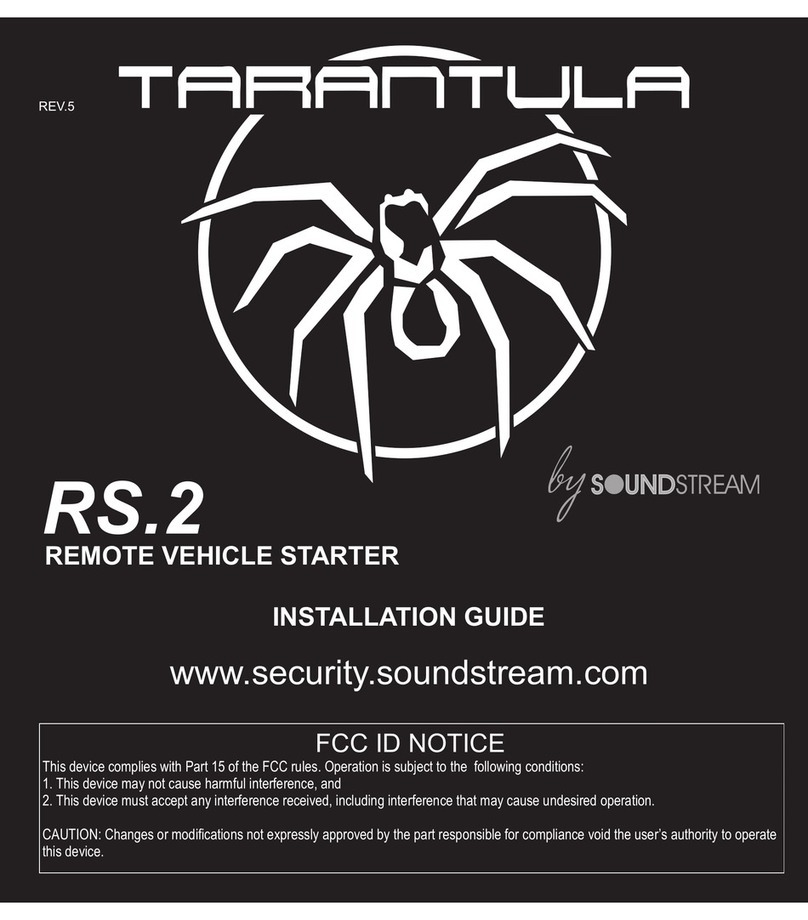Antenna
Control Center LED output (use white 2-pin
connector from Control Center cable)
Control Center button input (use blue 2-pin
connector from Control Center cable)
Wiring Connections
Main Harness (H1), 12-pin connector
H1/1 RED/WHITE (-) 200mA AUX TRUNK RELEASE OUTPUT
H1/2 RED (+) CONSTANT POWER INPUT
H1/3 BROWN (+) SIREN OUTPUT
H1/4 NOT USED
H1/5 BLACK (-) CHASSIS GROUND INPUT
H1/6 VIOLET* (+) DOOR TRIGGER INPUT, ZONE 3
H1/7 BLUE (-) INSTANT TRIGGER INPUT, ZONE 1
H1/8 GREEN* (-) DOOR TRIGGER INPUT, ZONE 3
H1/9 BLACK/WHITE (-) 200mA DOMELIGHT SUPERVISION OUTPUT
H1/10 WHITE/BLUE (-) REMOTE START ACTIVATION INPUT
H1/11 WHITE (+)/(-) SELECTABLE LIGHT FLASH OUTPUT
H1/12 ORANGE (-) 500mA GROUND WHEN ARMED OUTPUT
* The door trigger wire will still need to be connected if the system is programmed
with security features OFF to allow the system to enter the programming modes.
Heavy gauge relay satellite
H/1 PURPLE STARTER OUTPUT TO STARTER (STARTER SIDE)
H/2 GREEN STARTER INPUT FROM IGNITION SWITCH (KEY SIDE)
H/3 RED (+) 30A HIGH CURRENT 12V INPUT
H/4 ORANGE OUTPUT TO ACCESSORY CIRCUIT
H/5 RED (+) (30A) HIGH CURRENT 12V INPUT
H/6 PINK OUTPUT TO PRIMARY IGNITION CIRCUIT
H/7 RED/WHITE (+) (30A) HIGH CURRENT 12V INPUT
H/8 PINK/WHITE OUTPUT TO SECOND IGNITION/ACCESSORY CIRCUIT
Relay satellite 4-pin connector
1BLUE (-) 200mA STATUS OUTPUT
2ORANGE (-) 200mA ACCESSORY RELAY TURN ON
3PURPLE (-) 200mA STARTER RELAY TURN ON
4PINK (-) 200mA IGNITION RELAY TURN ON
H3 Harness Remote Start, 5-pin connector
H3/1 BLACK/WHITE (-) NEUTRAL SAFETY SWITCH INPUT
H3/2 VIOLET/WHITE TACHOMETER INPUT WIRE
H3/3 BROWN (+) BRAKE SHUTDOWN INPUT WIRE
H3/4 GRAY (-) HOOD PIN SWITCH INPUT, ZONE 6
H3/5 BLUE/WHITE (-) 200 mA 2ND STATUS/REAR DEFOGGER - Latched Pulsed
Remote Start ribbon harness*
1PINK/WHITE (-) 200mA PROGRAMMABLE IGN2/ACC2 RELAY TURN ON
2YELLOW (+) IGNITION INPUT TO ALARM
3PINK (-) 200mA IGNITION RELAY TURN ON
4ORANGE (-) 200mA ACCESSORY RELAY TURN ON
5PURPLE (-) 200mA STARTER RELAY TURN ON
6ORANGE/BLACK (-) 500mA ANTI GRIND/GROUND WHEN ARMED OUTPUT
7BLUE (-) 200 mA STATUS OUTPUT
*The ribbon harness connects to the heavy gauge relay satellite.
H4 AUX 4/Horn, 2-pin connector
H4/1 ORANGE/BLACK (-) 200mA AUX 4 OUTPUT
H4/2 BROWN (-) 200 mA HORN OUTPUT
Door Lock, 3-pin connector
1BLUE (-) UNLOCK OUTPUT
2NOT USED
3GREEN (-) LOCK OUTPUT
H2 Harness, 6-pin connector
H2/1 BLUE (-) 200mA SECOND UNLOCK OUTPUT
H2/2 WHITE/BLACK (-) 200mA AUX 3 OUTPUT
H2/3 VIOLET/BLACK (-) 200mA AUX 2 OUTPUT
H2/4 GREEN/WHITE (-) 200mA FACTORY ALARM REARM OUTPUT
H2/5 GRAY/BLACK (-) WAIT-TO-START INPUT
H2/6 LIGHT GREEN/BLACK (-) 200mA FACTORY ALARM DISARM OUTPUT
Bitwriters with a date code of 6a or older require an IC
upgrade (p/n 998M). Some bitwriters with a date code
of 6B do not require the IC upgrade, refer to tech tip #
1112 for more information.
The Bitwriter® (p/n 998U)
requires chip version 2.7 or
newer to program this unit.
Installation Points
Adjusting the Shock Sensor
Important! Make sure the vehicle is disarmed. The shock sensor sensitivity can be
adjusted by using a trimmer tool to turn the potentiometer.
Adjusting the sensor:
1. Disarm the system, turn the ignition Off.
2. With the sensor mounted in its permanent location, locate the trim pot on the
shock sensor module and using a trimmer tool:
• Turn the potentiometer clockwise for increased sensitivity or
• Turn it counterclockwise for decreased sensitivity
Note: You can test the new setting by cautiously impacting the vehicle with in-
creasing intensity while noting the LED status on the shock sensor. The LED turns
on for a short duration for small impacts before turning off (indicating a warn-
away trigger). The impact level required to fully trigger the alarm is indicated
when the LED remains on for a longer duration before turning off.
Tach Learning
To learn the tach signal:
1. Start the vehicle with the key.
2. Within 5 seconds, press and hold the control center button.
3. After 3 seconds the LED will light constant when the tach signal is learned.
4. Release the control center button.
Important: This unit can learn the tachometer with the analog input or
through D2D using an interface module. The unit confirms which source
is used.
When programming tach learning with:
• Analog, the parking lights flash one time
• D2D inerface module, the parking lights flash twice
If the tachometer input on the system is connected to the vehicle, the D2D tachometer
input will be ignored.
Virtual Tach
Note: Virtual tach is not recommended for diesel trucks
To program Virtual Tach:
1. After the install is complete, remote start the car.
2. If the car does not start on the first attempt, let the remote start attempt again.
3. Once the car starts, let it run until the parking lights come on.
4. When the parking lights come on, shut off the remote start with the remote -
that’s it! Virtual Tach is programmed.
Virtual Tach handles disengaging the starter motor during remote starting – it does
not address over-rev. If the customer wants to have the over-rev protection capabil-
ity, the tach wire must be connected. This may involve more installation shop
charges than initially quoted.
Important: If the Virtual Tach mode over cranks or doesn't crank the
vehicle long enough to start and run the car, use the Bitwriter to add or
subtract the starter output time. You can adjust the output time in incre-
ments of 50msec of the learned time using the Bitwriter.
Reset and Deletion
If a feature/virtual tach needs to be reset or the remote controls need to be deleted,
use the following procedure.
1. Open a door. (The GREEN wire, H1/8, or the VIOLET, H1/6 must be con-
nected.)
2. Turn the ignition to the ON position (The heavy gauge pink wire must be con-
nected).
3. Within 10 seconds, press and release the control center button: 2 times if you
want to delete remotes, 3 times to reset features or 4 times to reset virtual tach.
These features are described next.
Delete remotes: This feature erases all remotes from the memory of the
security system. This is useful in cases when a customer’s remote is lost
or stolen.
Note: This does not reset the programmed features of the security system
or reset the Virtual Tach setting.
Reset Features: This resets all features of the security system to the factory
default settings.
Note: This feature does not delete the remotes from the security system
or reset the Virtual Tach setting or security features enabled/disabled
settings
Virtual Tach Reset: Deletes all previously learned values for Virtual Tach,
and on the next remote start sequence the unit begins virtual tach initial-
ization.
Note: The “Zap” feature on the Bitwriter does not reset the Virtual tach
setting.
4. Once you have selected the function step, press the control center button once
more and hold it. The LED flashes and the siren chirps to confirm the selected
functional step. Do not release the control center button
5. While holding the control center button, press the
